To Pin or Not to Pin? Choosing, Using, and Sharing High-Quality STEM Resources
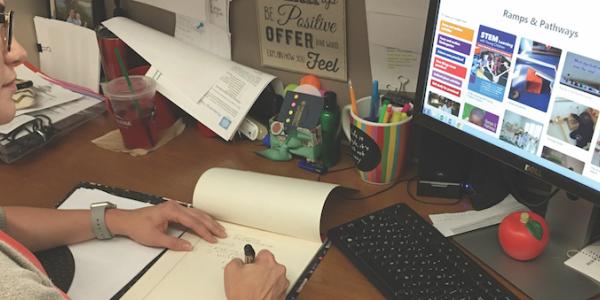
You are here
The digital technology explosion has dramatically changed the early education landscape, particularly when it comes to STEM (science, technology, engineering, and math) (Herold 2016). With an internet connection, teachers can access an almost infinite number of STEM resources, but how can they tell if the activities and lesson plans are high quality?
We frequently meet pre-K to third grade teachers who feel that they are not well prepared to teach STEM subjects and are unsure about what children should be doing and learning. These teachers are hungry for professional learning in STEM in order to address the Next Generation Science Standards or increasingly rigorous state science standards, but they are unable to find support in their schools (since only the math and reading scores “count”). Adding to the problem is the lack of STEM materials (balls, building materials, sand and water tables) that spur long-term physical science and engineering investigations. Forced to “go it alone,” teachers are increasingly using social media sites, including Facebook, Snapchat, Twitter, Instagram, Tumblr, Pinterest, Reddit, and teacher blogs, as their sources for STEM ideas and materials.
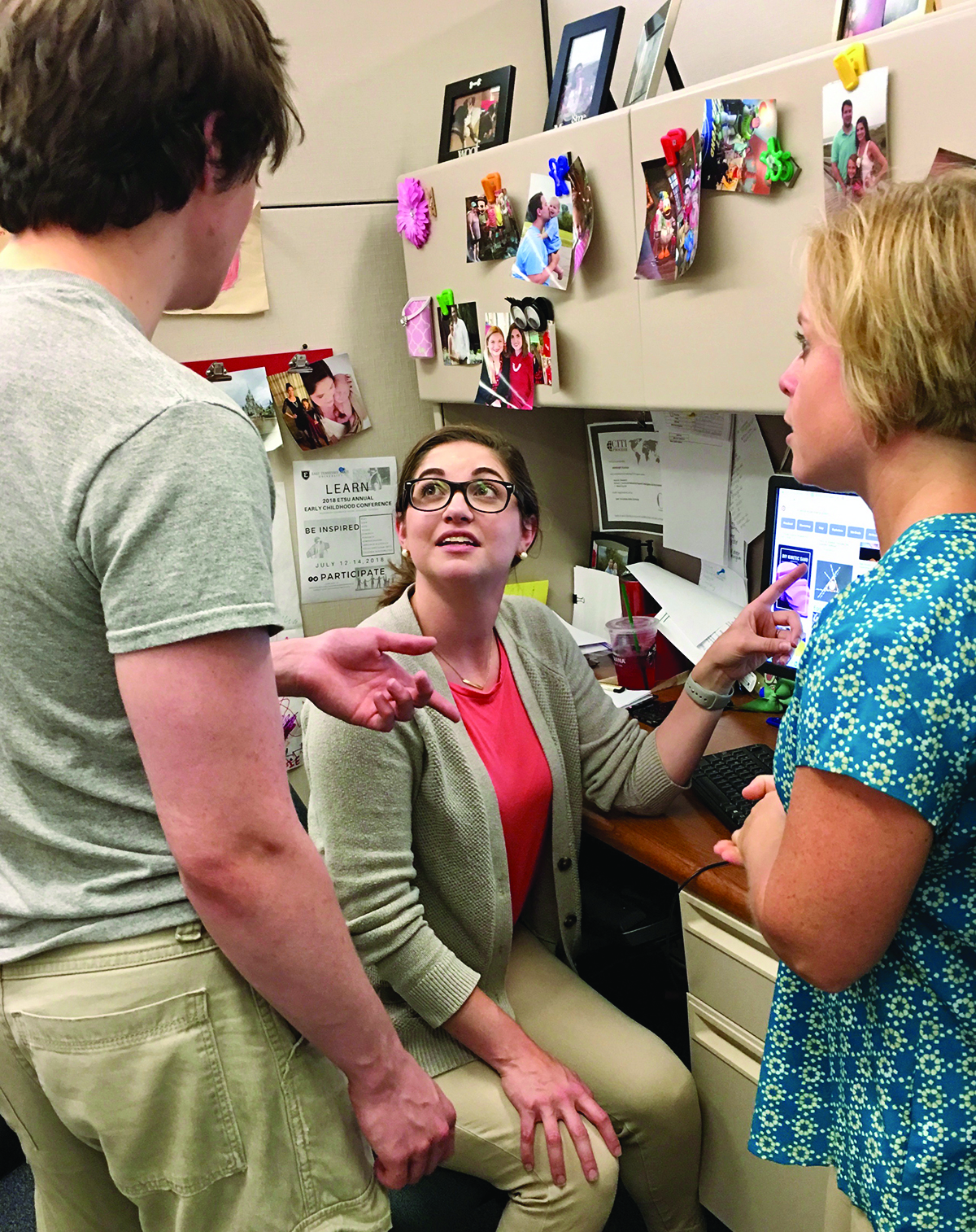
As STEM teacher-educators, we often use social media to disseminate research-based STEM resources, and we understand its appeal. These sites are easy to navigate. They typically include eye-catching graphics, and the resources are easy to find, save, and share. Many online STEM resources originate from established universities, STEM organizations, and/or public agencies that have long histories in early STEM education. However, the educational quality of these STEM activities varies widely. As one teacher we know described it, “I don’t always feel confident that I am able to separate the wheat from the chaff when it comes to all of the STEM activities online.”
When STEM is not really STEM
At its best, social media makes quality STEM experiences widely available to a large audience of teachers. However, we typically find activities labeled as STEM that are not actually engaging children in the practices of science and engineering (NRC 2013) or that are underestimating children’s abilities to learn core science ideas, as well as the amount of time children will spend deeply engaged in meaningful scientific questions and engineering problems (McClure et al. 2017).
These pseudo-STEM activities tend to be
- Craft projects with a very limited focus on possible science exploration components (making a seed necklace is more likely to engage children in thinking about jewelry than about seeds and what they do)
- Dramatic demonstrations that confuse science concepts (making a volcano using baking soda and vinegar is an example of two chemical reactions—it does not teach about openings in the earth’s crust or about lava)
- Following a set of steps to make something unexpected happen (making a potato-powered light bulb as a brief activity, not part of an in-depth unit on electricity)
Activities such as these usually don’t invite children to explore on their own, ask questions, identify problems, do investigations, make and learn from mistakes, design and try out possible solutions, or generate ideas and ultimately learn about how and why things work the way they do. Using Pinterest as an example, one of our experienced teacher colleagues said, “My impression is that [Pinterest] is heavy on craft projects and science demos, many of which are pretty thin on meaningful educational content.” These activities also tend to be “one-hit-wonders”—a characteristic that is responsive to teachers’ time constraints but flies in the face of what the research tells us about how children learn (NRC 2007).
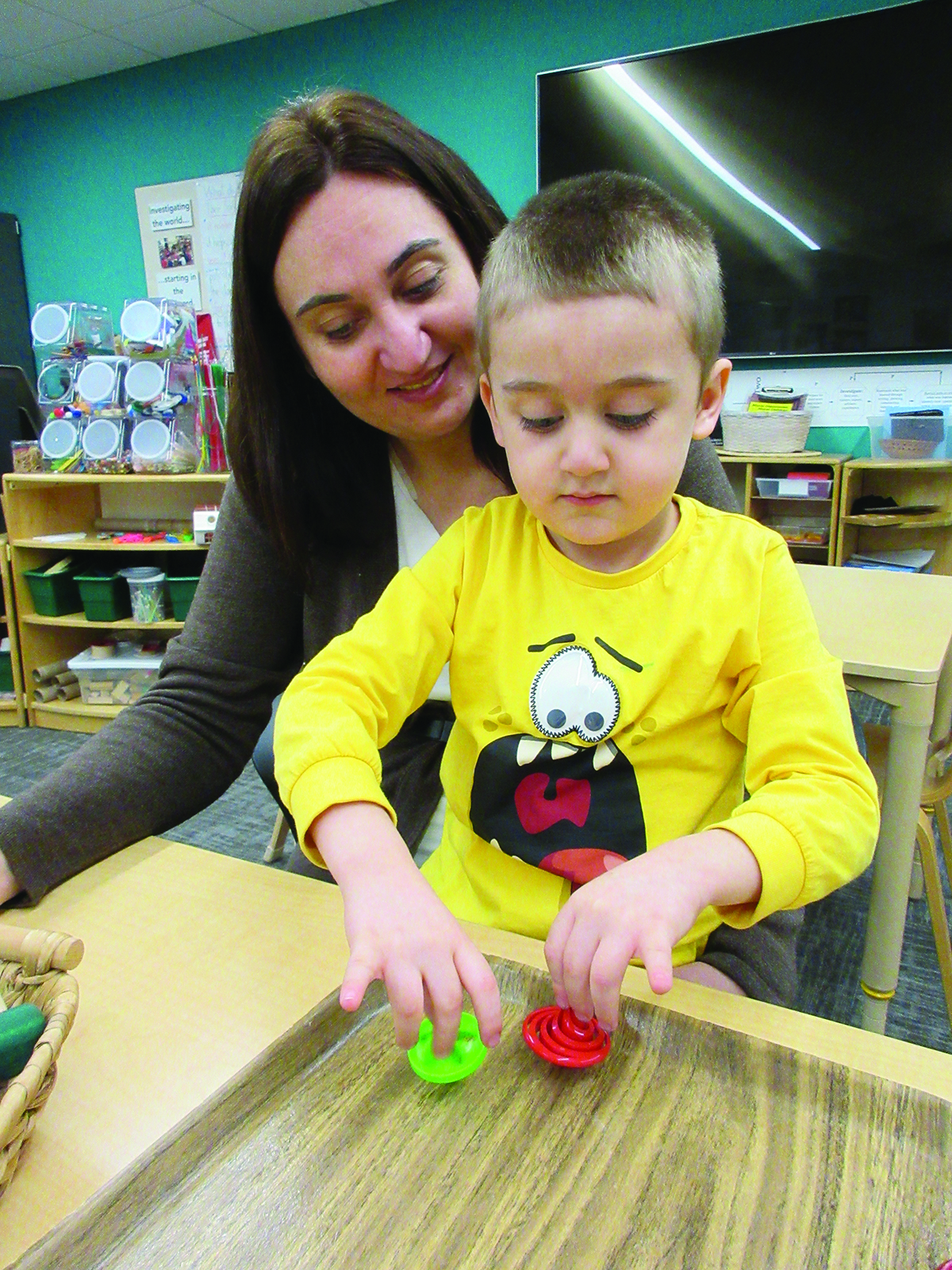
Opportunities for exploration and discovery are critical for children’s brain development and pave the way for science and mathematics achievement during the school years (Shonkoff & Phillips 2000). Recent research also indicates that young children are more cognitively capable than previously believed; they reason, develop conceptual understanding, and build factual knowledge, all of which is foundational to later scientific thinking (NRC 2007, 2012). While engaged in meaningful STEM activities, young children are also learning how to interact collaboratively and learning how to communicate and share their observations, ideas, and thinking in a variety of ways. And anyone who has spent time with young children knows that they are naturally curious and persistent and have many of the characteristics of budding scientists and engineers. They possess an almost insatiable desire to take things apart, figure out how they work, and put them back together.
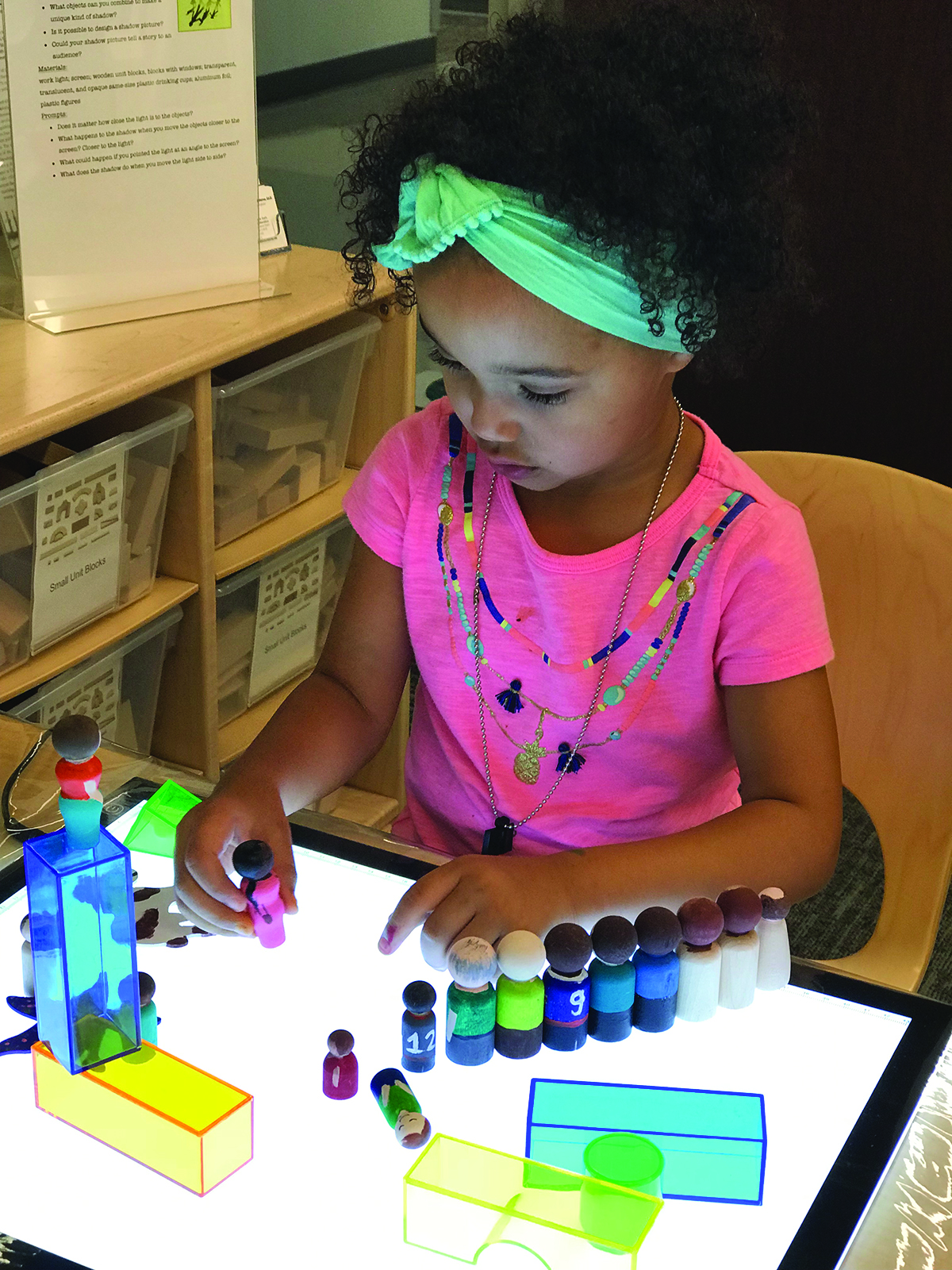
Evaluating the quality of STEM resources
Knowing that many teachers are searching for STEM resources online, we developed a tool to help teachers look critically at activities and lesson plans and find the ones that are high quality. Called “Choosing and Using High-Quality, Developmentally Appropriate STEM Resources,” (below) our tool consists of two sets of questions teachers can use for evaluating STEM activities and implementing them in their classrooms. Although we designed the tool with physical science and engineering in mind (because these are often the most challenging domains for teachers), it may also be used to evaluate STEM activities that incorporate life and earth sciences.
The first part of the tool includes 10 main questions, each with two to four sub-questions, focused on how children will experience the selected STEM activity. The emphasis in this section is on opportunities for all children to engage actively in the science and engineering practices. It includes opportunities for children to ask questions, define problems, and investigate; to discuss and share their experiences, ideas, and thinking; to collect and record data; and to connect to and discuss science concepts as they construct explanations and solutions.
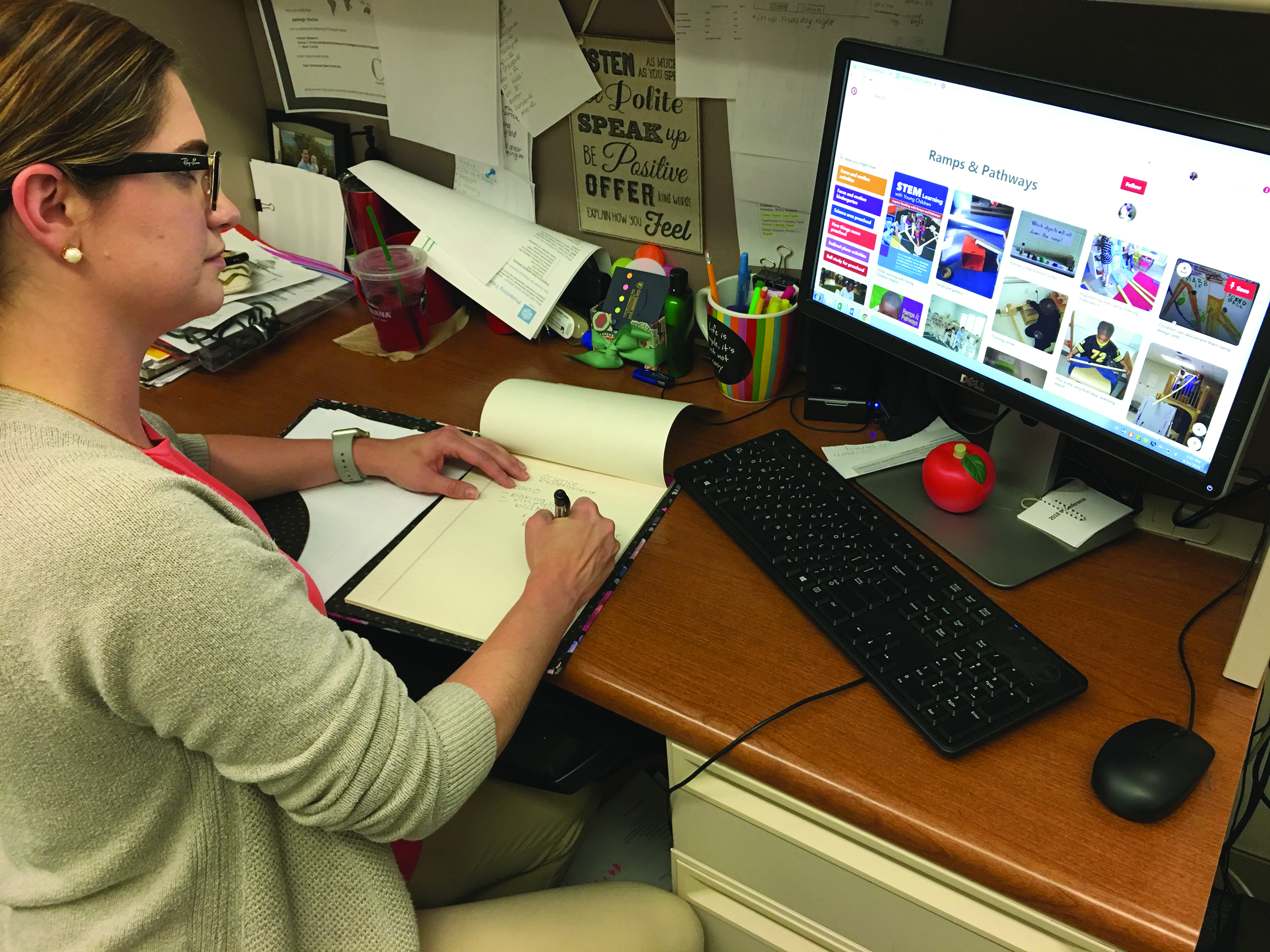
Choosing and Using High-Quality, Developmentally Appropriate STEM Resources
Part 1: Considerations for selecting high-quality STEM experiences for early childhood classrooms
-
How meaningful is this activity to children?
a. Does it connect to children’s day-to-day experiences?
b. Is it interesting and engaging to children?
c. Are there ways to follow up on it?
-
What is there for children to DO?
a. Can children act on or engage with real objects or materials?
b. Can children observe how objects/materials respond to their actions?
c. Can children vary their actions and get a different result?
d. Can children develop a new strategy or try a different idea?
-
What is there for children to FIGURE OUT?
a. Is there a problem for them to solve?
b. Are there multiple ways to solve the problem?
-
What is there for children to THINK about?
a. Are there opportunities for them to make claims?
b. Can they come up with their own ideas based on evidence?
c. Does the activity engage children in thinking about scientific concepts?
-
What is there for children to TALK about?
a. Are there opportunities for children to ask, describe, and explain their observations, experiences, and ideas?
b. Will the activity engage dual language learners and other children with language or cultural differences?
-
What opportunities are there for children to COLLECT and RECORD data?
a. Can children write, draw, or make models during or after the experience?
b. Can children document using a camera, video recorder, or audio-recording devices?
c. Can children demonstrate what they are doing and observing?
-
What is there for children to LEARN ABOUT?
a. Does the activity connect children to concepts in physical, life, or earth/space science?
b. Does it connect them to engineering concepts?
c. Does it connect them to concepts in math?
-
What opportunities are there for children to SHARE their findings with others?
a. Can they share what they are finding out/thinking/learning about?
b. Can they use different media such as digital, drawing, and modeling tools?
c. Can they use demonstration and role-playing?
-
What opportunities are there to integrate language and literacy?
a. Are there opportunities to introduce and use interesting words with children?
b. Are there opportunities for children to have conversations on the topic?
-
. What opportunities are there for children to COLLABORATE?
a. Do children have choice in when and how they want to collaborate?
b. Are there opportunities for children to work individually and in small and large groups?
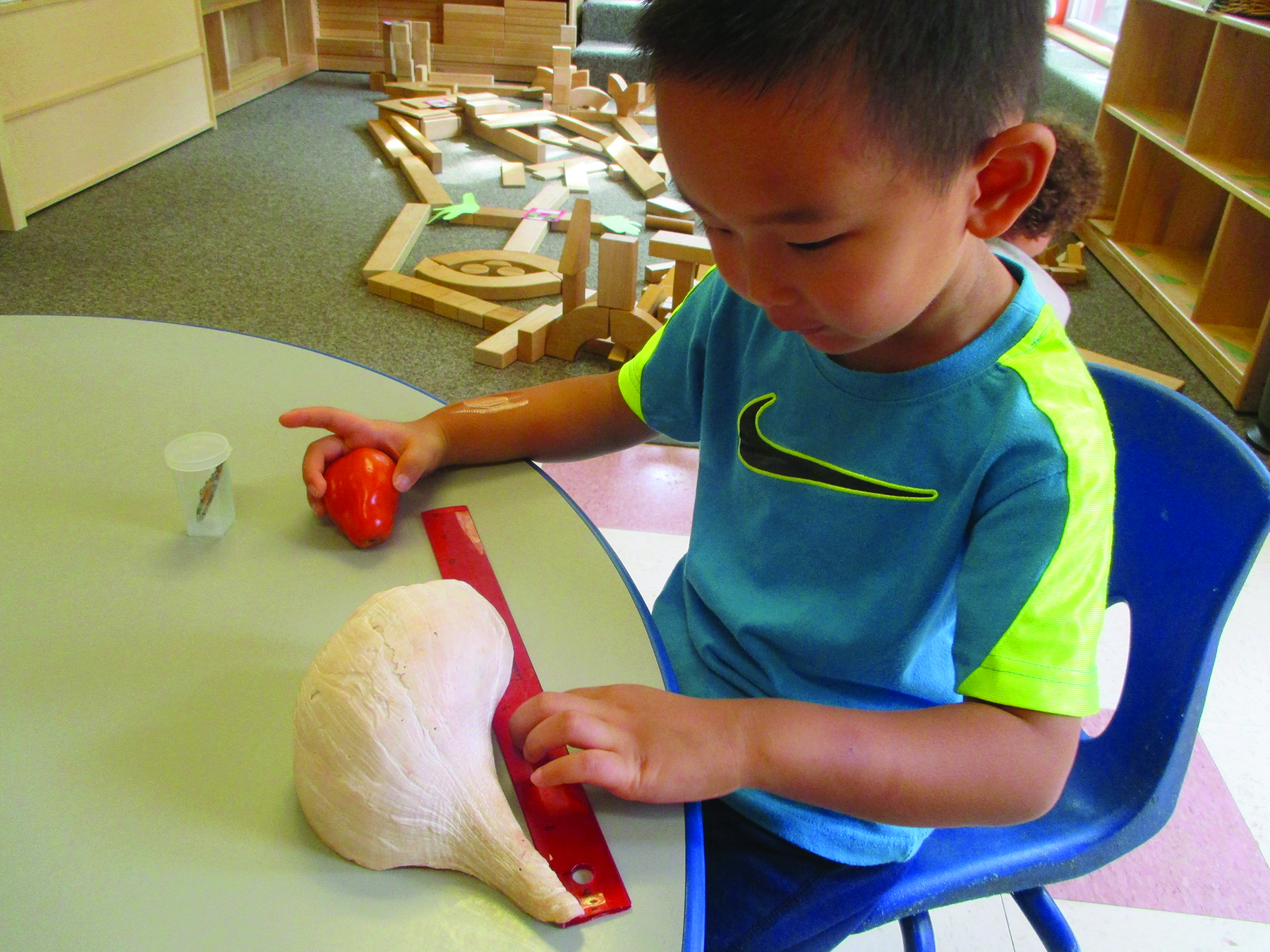
Part 2: Considerations for teacher planning
- What materials do you have on hand?
- What materials will you need to gather, collect, or purchase?
- How will you address potential safety issues in advance?
- How and where might you find experts on the topic to invite to the classroom?
- What questions/comments might you use to keep children focused, observant, and engaged?
- What encouragement might you provide that will help children have ownership of their ideas and solutions, and be persistent in their investigations?
- How might you integrate language and literacy opportunities?
- How might you document children’s experiences, questions, ideas, and learning?
- What materials will you need for documentation?
- How might you address learning standards in STEM and across the domains?
- What potential resources might you need to support children’s ongoing interest over time?
- How might you modify the activity to meet the needs of all learners?
- How might you modify the activity to make it more inquiry based and/or child centered?
- How might you modify the instructional environment to accommodate the activity over time?
There are two things we hope teachers will keep in mind when using this part of the tool. The first is that following up, or developing connected experiences, is particularly important. Follow-up is not emphasized in this tool because it is intended for evaluating online activities, which (unfortunately) are often one-hit wonders. However, providing connected experiences to maximize children’s STEM learning is critical for building their knowledge and vocabulary and enhancing their understanding. The second point to keep in mind is that the activity should encourage children to pursue multiple ideas. Examples include challenging children to alter the design of a block structure to make it more stable or to figure out how to make a sinking item float. While engaged in such challenges, children should have opportunities to make claims (“Heavy balls knock down heavier blocks than light balls do”) and generate ideas about how and why things happen the way they do, based on evidence from their own experiences
(“I think that happens because heavy balls are stronger than light balls”).
Putting the Tool to Use: Evaluating a Few Common STEM Activities
Many activities found online have the potential to incorporate components of high-quality STEM experiences, but do not explicitly do so. As we reviewed online STEM activities to develop, pilot, and improve our tool, we repeatedly found that activities could be improved by increasing the focus on conceptual learning and use of science and engineering practices and/or by integrating explicit opportunities for children to communicate their experiences, observations, and ideas with others.
Here, to support teachers’ use of the tool, we share our reviews of two types of STEM activities: engineering design with food products and catapult design and use. We purposefully chose common activities that can be found on a variety of websites to help teachers think more deeply about how to enhance children’s STEM learning. Then, we conclude by challenging teachers to use part 1 of the tool to evaluate a specific activity.
Activity: Engineering Design with Food Products
Ages: 4- and 5-year-olds
Many social media sites include a variety of construction activities that involve giving children a problem to solve—like building a tower or bridge—using small food items such as drinking straws, large marshmallows, toothpicks, and gumdrops. Many of the descriptors for these activities include the word “engineering,” so we looked for explicit engagement or instruction in engineering practices.
In considering the first question in part 1 of our tool, “How meaningful is this activity to children?,” we would argue that these types of activities would be meaningful for children if their prior experiences include materials for building and constructing. However, the materials suggested would be most engaging when being consumed!
Although children would be acting on real objects, there would be little opportunity for them to observe how the materials respond to their actions—or even for them to vary their actions—due to the difficulty some young children might have manipulating the marshmallow–straw connections. Therefore, these activities do not meet the criteria for high quality in regards to doing, thinking, figuring things out, or describing ideas and observations (questions 2–5).
Children could compare their structures with peers’, but what data would be of interest to young children? Perhaps simply counting the number of marshmallows and straws used or measuring the heights of the structures when completed (question 6)? These math concepts are developmentally appropriate for most 4- to 5-year-olds, but they were not mentioned explicitly in the activity descriptions we found online.
We give this type of activity a low rating for the lack of opportunities to develop understanding of engineering as a way to solve problems, and for the missing opportunities to document and share findings with others (question 8) and to integrate language and literacy (question 9). Especially on Pinterest, we often found these types of activities culminating in a beautiful photograph of a completed structure—but that does not make a high-quality STEM activity. Missing are objectives, standards, detailed instructions, suggested questions teachers could pose to children, and opportunities for documentation of children’s learning. It would be easy for the “pinner” and educators who use the “pin” to hold the misconception that to learn, children must replicate a product resembling the picture or a model completed by the teacher.
Using the questions in part 1 of our tool, we find that “Engineering Design with Food Products” has very limited opportunities for children ages 4–5 to connect to science concepts, discuss ideas, share their thinking, record data, or collaborate with peers.
Activity: Catapult Design and Use
Ages: 4- to 8-year-olds
Young children often discover the concept of catapulting objects as they build with blocks, play with a spoon at lunch, or play on playground equipment like see-saws and teeter-totters. In our review of several catapult activities, we found that the best ones explicitly list the science and engineering concepts, and call for children to build catapults (including testing their designs to investigate force and motion, trajectory, and distance) and to discuss and redesign as needed to meet children’s goals. Without explicit descriptions of each of these important parts of a catapult science and engineering inquiry, teachers may miss the important opportunities for building children’s higher-level thinking, reasoning, and problem-solving capacities, as well as learning information.
Online resources include many activities and lesson plans for teachers to introduce 4- to 8-year-olds to catapult design. To meet the criteria embedded in the tool, these activities should have children build catapults using various materials, test their catapult designs, use the catapults, discuss redesigns needed for meeting goals (such as lobbing a paper ball a certain distance), and document their results.
Few of the lesson plans we found encouraged children to make changes to their catapult designs, or to vary the distance, height, or speed objects travel. Few of the lesson plans explicitly called for children to talk about their ideas and observations, or to redesign the catapult. Many did not explicitly state to give children the opportunity to document their catapult results through videotaping, drawing, or writing, or to share data about how far objects moved and which objects moved the farthest.
Young children can grapple with the relationship between the distance an object travels and its weight or placement on the arm of a catapult; they can make predictions about objects’ trajectories. But because most of the activities engaged children in making catapults without thinking deeply about their design, the children did not have opportunities to grapple with or come to understand science and engineering concepts like force and motion.
Many catapult activities we found are themed or holiday-related, such as using Halloween candy for fall or hearts for Valentine’s Day. We suggest that high-quality STEM activities do not require these hooks. Young children are curious; when presented with open-ended materials, they will begin to ask their own questions and try to solve problems. When children have time and are provided with opportunities, they will amaze us with their observations and discoveries.
Your Turn: Practice Using the Tool
One activity that appears frequently on social media sites is building inclined ramps to investigate object motion—often called “ramps and pathways.” In our experience, children frequently select this activity and investigate new ideas and solve problems as they design structures to meet their goals. To practice using the tool, we invite you to evaluate “Ramps and Pathways” (http://wondersinkindergarten.blogspot.com.au/2015/04/ramps-and-pathways-play-based-learning.html) by kindergarten teacher Anamaria Ralph. Then, read on for our evaluation.
We find that “Ramps and Pathways” is a high-quality, developmentally appropriate lesson. It includes many opportunities for children to pose their own questions and discuss and document their work, and it meets most of the criteria embedded in part I of the tool.
Most children are drawn to making objects move, so this is a meaningful activity that connects to real-life experiences (question 1). There is much for children to figure out as they independently find ways to move objects more efficiently, compare object motion, and build, test, and redesign ramp structures. They are invited to pose new problems as they find answers to their original questions (questions 2–3).
The activity description shows how educators can help children discuss and document their ideas, collect and record data, and state their claims based on their experiences (questions 4–6). Children with language differences can be supported as they demonstrate their understanding (question 5). This activity is rooted in having children investigate physical science concepts—but unfortunately, the concepts are not listed. They include force and motion; how to change the direction of an object; how properties of objects affect movement, speed, and distance; how the height of an incline impacts speed and distance; and how altering one part of a system affects the rest. Children engage in engineering problem solving as they design and build systems that cause objects to move in interesting ways (question 7).
Opportunities to integrate language and literacy, and for collaboration with other children, include suggestions to support children’s documentation through writing and to take language samples as children build and hold conversations with others. This can be accomplished as children collaborate on projects or ask for advice from a “ramps expert,” helping them solve problems they experience in their work (questions 8–10).
Would we recommend this activity?
This ramps and pathways activity meets most of the criteria for a high-quality STEM activity that can be implemented in classrooms from preschool through elementary school. To enhance this activity, we suggest that teachers explicitly describe vocabulary to teach and the science and engineering practices and concepts children will learn.
The second part of the tool consists of 14 questions meant to promote teachers’ thinking as they plan to implement the activity. In the case of activities that do not allow for enough active investigation, there are questions that encourage teachers to think about making modifications to incorporate more opportunities for inquiry and/or to support children with particular learning needs.
While developing this tool, our biggest consideration was teachers’ time. We didn’t want to create a tool that took an unreasonably long time for teachers to read and use. We also wanted a tool that teachers could quickly internalize. Our hope is that, after using the tool a few times, teachers will ask themselves these questions without having the actual tool in front of them.
To continue refining the tool, several of us are collecting information on how it is working. For example, Rosemary Geiken of East Tennessee State University notes, “Preservice teachers who originally considered doing an activity using gummy worms and a fan to show children how actual live worms move evaluated the activity with the ‘Choosing and Using High-Quality, Developmentally Appropriate STEM Resources’ tool. They ended up scrapping the activity and having the children look for and investigate real earthworms instead!” (Personal communication, fall 2017).
We invite you to use this tool as you search for, pin, and post activities and lesson plans. Join the conversation on Hello (naeyc.org/science-interest-forum) to let us know how the tool helps your teaching practices so we can further improve it.
NAEYC Early Childhood Science Interest Forum
The NAEYC Early Childhood Science Interest Forum is a wide-ranging group of educators and others who are passionate about quality in early childhood science and STEM education. Our goals include advocating for high-quality educational environments for children, supporting teachers and others who do STEM with children, and creating and disseminating quality STEM resources for educators of infants through 8-year-olds. For high-quality, research- based STEM resources, turn to our Facebook page (https://bit.ly/2JMNAuB), blog (ecsif.blogspot.com/), and Hello conversation (naeyc.org/science-interest-forum).
References
Herold, B. 2016. “Technology in Education: An Overview.” Education Week. www.edweek.org/ew/issues/technology-in-education/index.html.
McClure, E.R., L. Guernsey, D.H. Clements, S.N. Bales, J. Nichols, N. Kendall-Taylor, & M.H. Levine. 2017. STEM Starts Early: Grounding Science, Technology, Engineering, and Math Education in Early Childhood. Report. New York: The Joan Ganz Cooney Center at Sesame Workshop. joanganzcooneycenter.org/wp-content/uploads/2017/01/jgcc_stemstartsearly_final.pdf.
NRC (National Research Council). 2007. Taking Science to School: Learning and Teaching Science in Grades K–8. Report. Washington, DC: The National Academies Press. www.nap.edu/read/11625/chapter/1.
NRC. 2012. A Framework for K–12 Science Education: Practices, Crosscutting Concepts, and Core Ideas. Washington, DC: The National Academies Press.
NRC. 2013. Next Generation Science Standards: For States, By States. Washington, DC: The National Academies Press. www.nextgenscience.org/next-generation-science-standards.
Shonkoff, J.P., & D.A. Phillips, eds. 2000. From Neurons to Neighborhoods: The Science of Early Childhood Development. Washington, DC: National Academy Press. www.nap.edu/read/9824/chapter/1.
Photographs: 1 © Alison Hurston; 2, 3, 4 courtesy of the authors
Sherri Peterson, MS, MA, is the program coordinator at the Iowa Regents’ Center for Early Developmental Education at the University of Northern Iowa. She has been an early childhood educator for over three decades. [email protected]
Cindy Hoisington is an early childhood and elementary science specialist and a project director at Education Development Center.
Peggy Ashbrook is an early childhood science educator and writer working in diverse programs with both children and adults. She is also a founder of NAEYC's Early Childhood Science Interest Forum. [email protected]
Beth Dykstra Van Meeteren, EdD, is the director of the Iowa Regents’ Center for Early Developmental Education and associate professor at the University of Northern Iowa. She is a 24-year veteran first-grade teacher and holds a master’s degree in literacy and a doctorate in curriculum and instruction with an emphasis on early STEM education. [email protected]
Rosemary Geiken, EdD, retired as an associate professor from East Tennessee State University. She consults with Regents' Center for Early Developmental Education on STEM for young children.
Sonia Akiko Yoshizawa, MAE, PhD student, is the coordinator of research and services at East Tennessee State University. She has been an early childhood educator in Japan and the US and has coauthored two books on STEM and creativity. [email protected]

Sandy Chilton, MEd, is a bilingual kindergarten teacher in Austin, Texas. She has spent the past 14 years advocating for young children and leading early childhood educators.
Joseph B. Robinson is a pre-K teacher at E.L. Haynes Public Charter School, in Washington, DC.